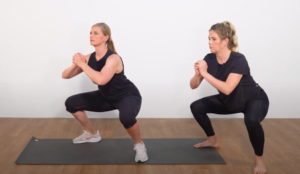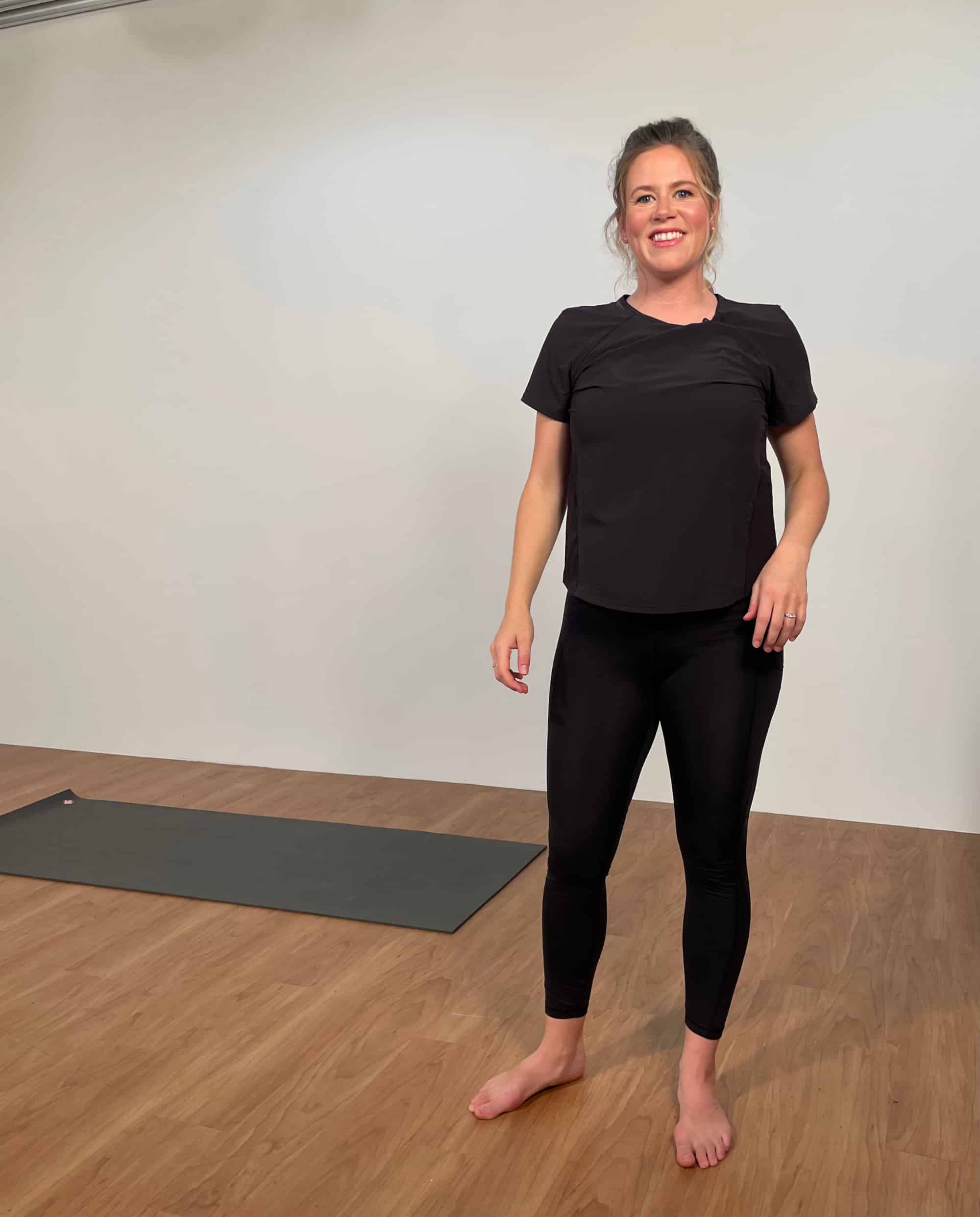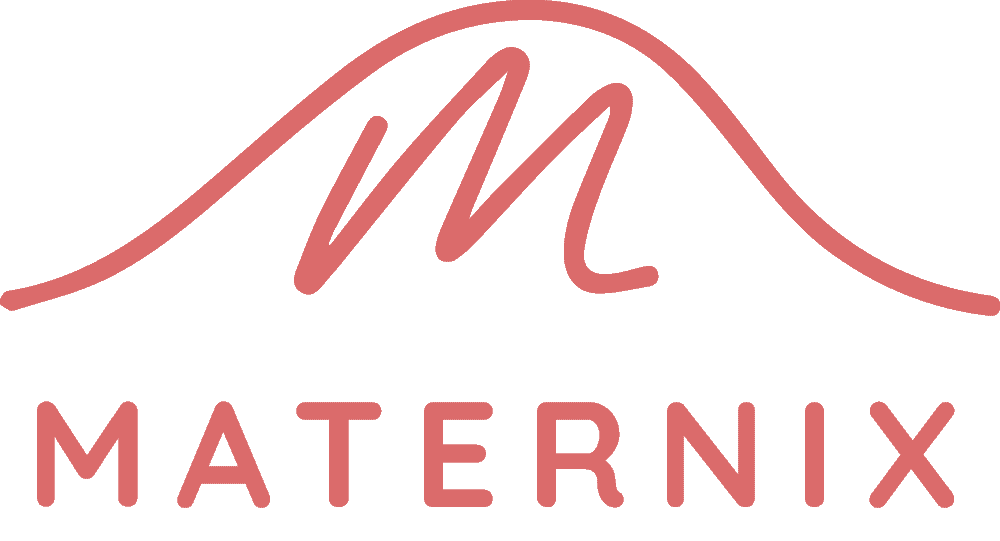The pelvic girdle includes the bottom piece of the spine (the sacrum & coccyx), the 2 pelvic bones on either side and the hip joints. The whole complex together creates the pelvic girdle, and each aspect of the pelvic girdle play a roll in supporting and affecting each other. So yes! The low back can influence the hips, the hips influence the pelvic floor and the pelvic floor effects the low back and around we go!
Pelvic girdle pain basically describes any painful process occurring in any of these locations.
There are numerous reasons why you might experience pain in the pelvic girdle including but not limited to: mechanical pain, neurological pain, chronic pain, pain from scar tissue, muscle tension, ligament pain and more.
A common time to experience pelvic girdle pain is during and after pregnancy. The body is undergoing a lot of physical and physiological changes, your centre of gravity and posture is altering quickly and this can place increased stress on joints and ligaments which can cause pain.
That can all sound a bit scary… BUT there are some simple things you can do to help prevent or improve some types of pelvic pain.
This is a VERY broad topic and these tips may not help to target your pain specifically. If you have been experiencing pain around the pelvic region or in your hips, I suggest you see your family doctor AND a pelvic floor physiotherapist to get a targeted treatment plan specific for your needs. *This article is not a substitute for medical advice and is for informational purposes only.
- If you start to feel pain at the front of your pelvis over the pubic symphasis (see diagram 1) or over the sacroiliac joints (see second diagram 2), you can think about these simple tips;
- Avoid doing single leg exercises or split stance exercises such a split squats, sumo squats, lateral lunges etc.
- Stretch/roll out muscle groups which may be causing increased tension at these spots including: hamstrings, glutes, quads & hip flexors, groin muscles (adductors), & back muscles
- Strengthen those same muscle groups to support those joints. Some helpful exercises include: glute bridges focusing on squeezing the glutes (bum muscles), hamstring curls in standing (with or without resistance), straight leg raises in side lying keeping your knee straight, squats with feet hip width apart. (Avoiding pushing into pain)
- Posture! – stand evenly on both feet instead of sticking 1 hip out to the side (aka valley girl posture). Try to avoid swaying your torso backward and letting your hips push forwards – both these postures place more pressure on the joints we are trying to alleviate. (They are also very hard to avoid during the 3rd trimester and during the postpartum period… unfortunately – so when you catch yourself leaning into that 1 hip, try to correct it!)
Image 1:

Image 2:

There are other causes of pain at the front of the pelvis and belly. The Round Ligament can cause sharp pain Ligament pain:
- reduce impact exercises ie jumping
- Try different postures in bed to see what feels best – you can use pillows to prop you up or support your belly which may help to alleviate pain
- Belly band & wearing supportive bottoms
- SI Joint support belt
- Taping the belly may help to relieve the severity of symptoms

Thanks for reading!
– Tara Campbell, Orthopaedic and Pelvic Floor Physiotherapist
Toronto, Ontario




 Tara is a Physiotherapist specializing in women’s health and pelvic floor rehab. She is passionate about helping women understand the changes their bodies go through during pregnancy and how they can rehabilitate more effectively postpartum.
Tara is a Physiotherapist specializing in women’s health and pelvic floor rehab. She is passionate about helping women understand the changes their bodies go through during pregnancy and how they can rehabilitate more effectively postpartum.